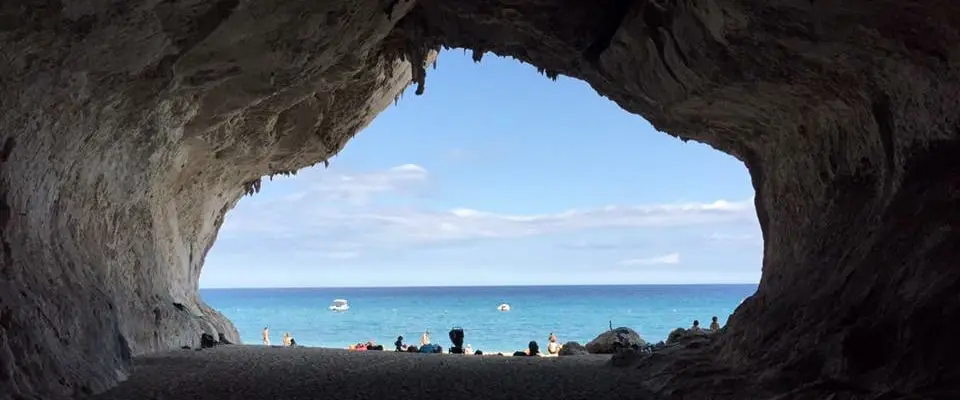Cremation
The word “cremation” comes from the Latin cremare and means “to burn”.
The cremation does not necessarily have to take place at the place of burial. Cantonal regulations determine how many hours after death the cremation may take place. In most cantons, this period is 48 hours; in the canton of Ticino, for example, it is only 24 hours.
After cremation, the ashes are collected in an urn. The ashes are in large measure composed by incinerated bones, which are usually prepared as granulate material. The price of cremation includes in many cases a simple urn made of wood, clay or copper. At our funeral home, we also offer individual urns made of various materials.
The relatives have the right to collect the urn themselves from the crematorium and are allowed to keep it privately or otherwise dispose of it. If the urn is buried in a cemetery, the local cemetery regulations define the grave’s resting period, which is usually 20-25 years. The cremation is an alternative to the inhumation and a prerequisite for natural burial.
Inhumation
Inhumation means that the coffin is placed in the ground in a cemetery. The period of rest of the grave is defined in the cemetery regulations in each municipality and lasts about 20-25 years. If desired, urns may be subsequently interred in an existing grave. However, it is important to note that this does not extend the ordinary resting period of the grave.
The inhumation in a cemetery is a traditional and partly religious choice that is increasingly being replaced by the cremation.
Natural burial
Natural burial in Switzerland is a collective term for various types of burial in the great outdoors and requires a cremation. Burial in nature requires cremation of the deceased. Provisional dispositions which clearly states the desire for natural burial is appropriate for all forms of natural burial and helps the family in taking the right decision.
Burial crypt
A particular type of burial, which occurs in Ticino, in French-speaking Switzerland, in monasteries and abroad, is burial in a crypt. In this process, the deceased person is embedded in a coffin with a zinc liner and pressure equalisation valve and placed in a crypt, which is usually made of stone or concrete.
Depending on the cemetery, the crypt can also be used as a family burial plot and provide space for several coffins. The crypt can be used for decades or even centuries if provided for in the local cemetery regulations.
New ways of burial
In a world that is constantly changing, we honor the diversity of farewell rituals with our “New Ways” section. Here we open up access to unconventional forms of burial that enable a personal and meaningful connection to the deceased. From the transformation of ashes into unique mementos to dignified burials at sea in picturesque locations – discover new dimensions of remembrance with us.
